What is the tolerance range of precision screws?
What is the tolerance range of precision screws?
Service Hotline
+86760-8787 8587We have more than ten years of production experience in the screw industry, the main products are: hexagon socket machine meter wrench bolt, stud GB901 screw, 1 type hexagon nut, color zinc screw, 557 square nut, bridge rack bolt, cylindrical pin positioning pin, S Type screws, anti-loosening hexagon nuts, nickel-plated combination type cap nuts, non-standard flange bolts, semi-circular ball head nuts, stainless steel nuts, Q320 hexagon flange nuts, large supply of fasteners, due to the product material Different specifications and different prices, please contact us if necessary.


1. Standards for fastener product dimensions: specify the content of the basic dimensions of the product; threaded products also include the basic dimensions of the thread, thread end, shoulder distance, undercut and chamfer, and the end of externally threaded parts size, etc. 2. Standards for technical conditions of fastener products. It mainly includes product tolerances, mechanical properties, surface defects, surface treatment, product testing standards and corresponding specific provisions. 3. Standards for screw product acceptance inspection, marking and packaging: specify the qualified quality level and sampling plan of random inspection items during product acceptance inspection, as well as product marking methods and packaging requirements. 4. Marking method standards for standard parts, fasteners, screws and screws: specify the content of the complete marking method and simplified marking method of the product. 5. Standards for other aspects of fasteners: such as standards for fastener terminology, standards for fastener product weight, etc.
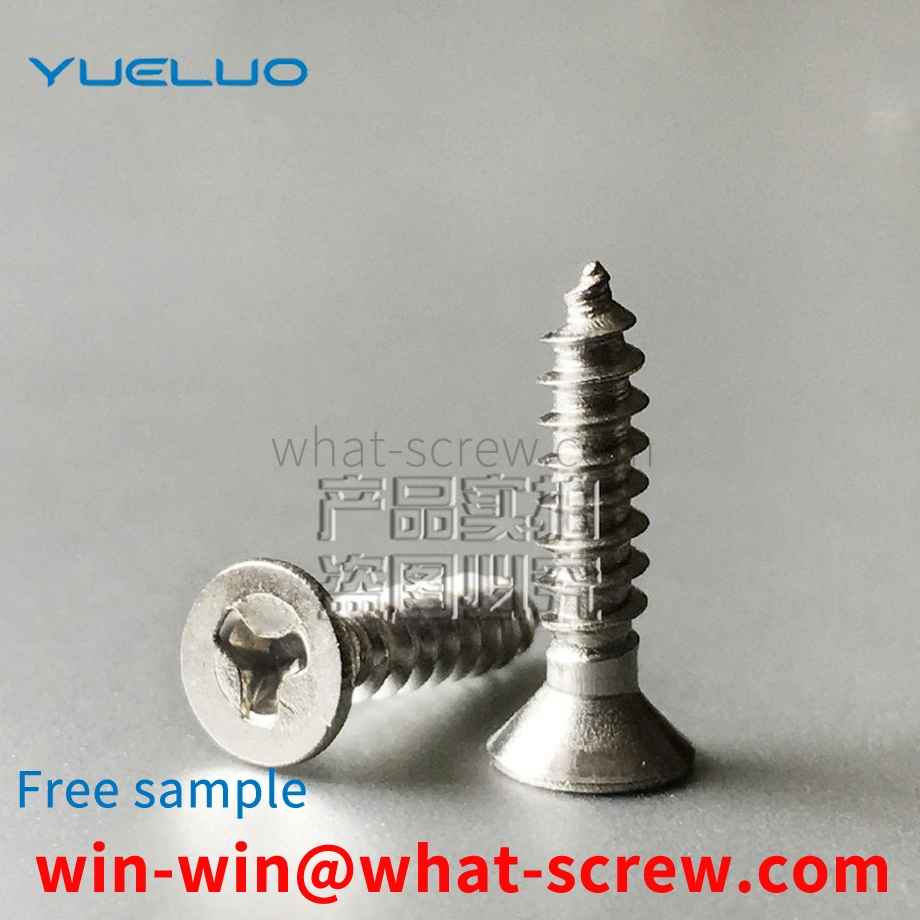
The performance grade 8.8 of stainless steel bolts refers to the material's tensile strength limit of 800MPa and yield limit of 640MPa. The performance grades of stainless steel bolts, studs and studs are divided into 10 grades: from 3.6 to 12.9. The number before the decimal point represents 1/100 of the tensile strength limit of the material, and the number after the decimal point represents 10 times the ratio of the material's yield limit to the tensile strength limit. There are 7 grades of performance grades for nuts, from 4 to 12. The numbers roughly represent 1/100 of the minimum stress that the stainless steel nut is guaranteed to withstand. For unified inch threads, there are three thread grades for external threads: grades 1A, 2A and 3A, and three grades for internal threads: grades 1B, 2B and 3B, all of which are clearance fits. The higher the rating number, the tighter the fit. Classes 1, 1A and 1B, very loose tolerance classes, which are suitable for tolerance fits of internal and external threads. Grades 2, 2A and 2B are the most common thread tolerance grades specified for inch series mechanical stainless steel fasteners. Grades 3, 3A and 3B, screwed together to form the tightest fit, suitable for tight tolerance stainless steel standard parts, for safety critical designs. Metric threads, there are three thread grades for external threads: 4h, 6h and 6g, and three thread grades for internal threads: 5H, 6H, 7H. Thread fit is best combined into H/g, H/h or G/h. For bolts, stainless steel nuts and other refined fastener threads, the standard recommends 6H/6g fit. Carbon steel: The strength grade is marked by ? It consists of two separated numbers. The meaning of the number part before the ? in the marking code represents the nominal tensile strength, for example, 4 in grade 4.8 represents 1/100 of the nominal tensile strength of 400N/MM2. The meaning of the ? and the number part after the point in the marking code represents the yield-strength ratio, that is, the ratio of the nominal yield point or the nominal yield strength to the nominal tensile strength. For example, the yield point of grade 4.8 products is 320N/mm2. The strength grade mark of stainless steel products consists of two parts separated by —. The symbol before — in the sign code indicates the material. Such as: A2, A4 and other signs — indicate strength, such as: A2-70 Carbon steel: The mechanical properties of bolts can be divided into: 3.6, 4.6, 4.8, 5.6, 5.8, 6.8, 8.8, 9.8, 10.9, 12.9 in total 10 performance levels
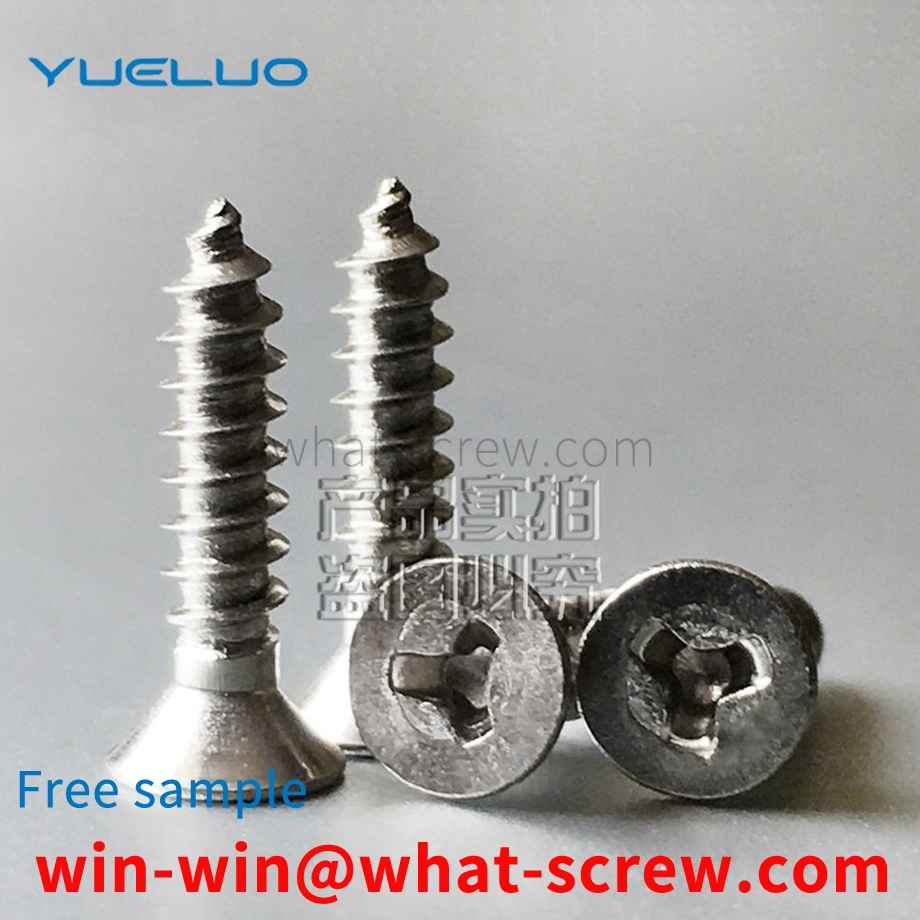
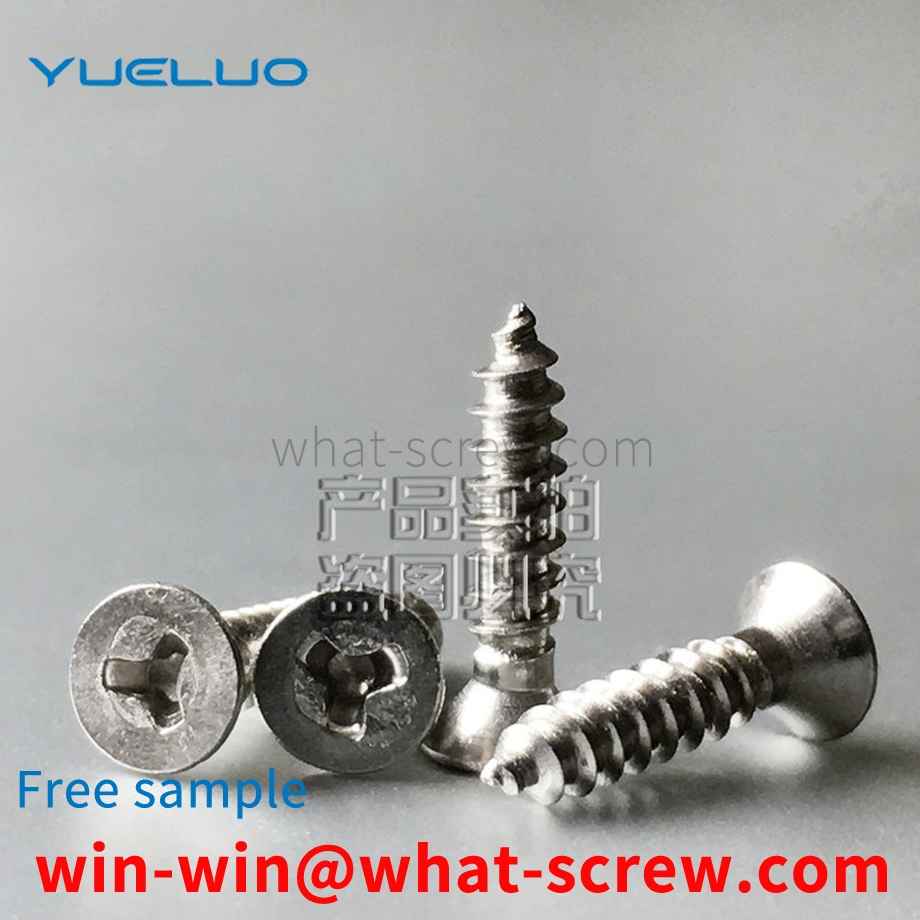
Generally known bolts refer to screws with a larger diameter. According to this statement, the diameter of screws is much smaller than that of bolts. Stud bolts do not have a head, and some are called studs. Both ends of the stud are threaded, with no thread in the middle and a smooth rod in the middle. Studs are used on large equipment such as gear racks. In actual use, the external load will have vibration and the influence of temperature will reduce the frictional force, and the threaded connection will loosen and fail over time. Therefore, it is necessary to do a good job in the maintenance of the stud bolts at ordinary times. Stud bolts or anchor bolts will have problems under the action of mechanical friction for a long time. When problems occur, the engine oil pan should be removed, and the use of the engine bearing bushes should be carefully checked, and the clearance between the bearing bushes should be checked. Whether it is too large, if the gap is too large, it should be replaced in time. When replacing the stud bolts, also replace the connecting rod bolts. When some large equipment such as nail making machines are in normal operation, if they find that the engine is not running very stable or there is abnormal noise, they should stop and check in time to avoid bigger problems.
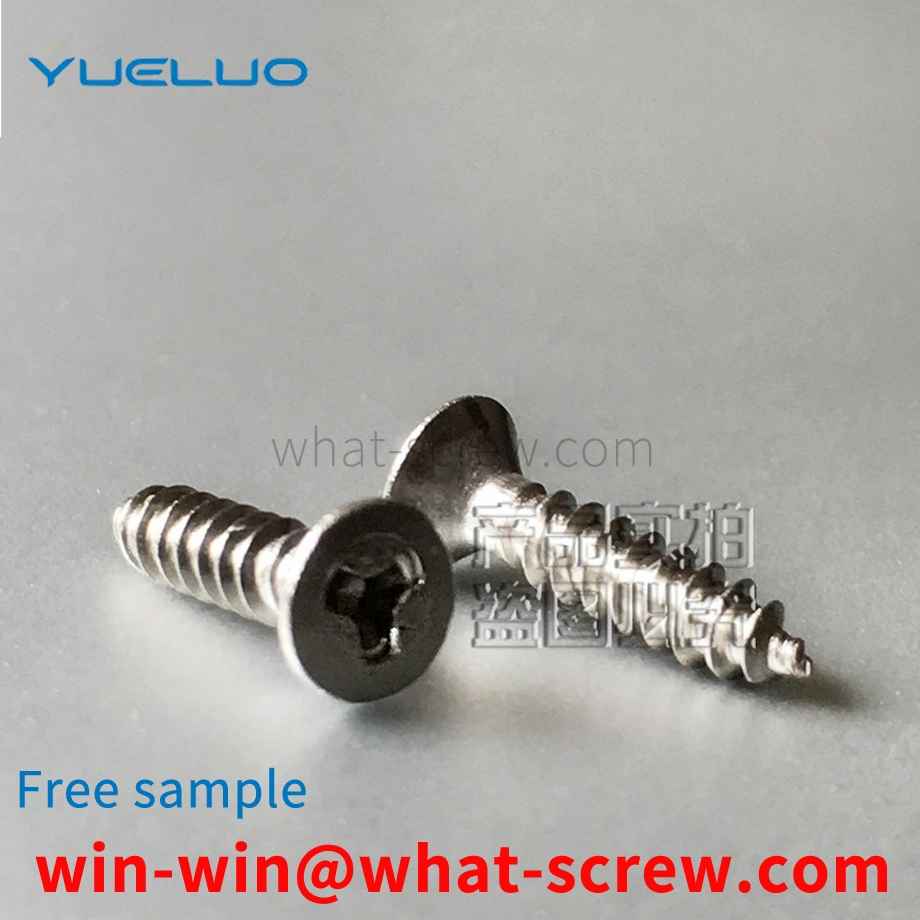
The fixing screw proposed by Guangdong Yueluo Hardware Industry Co., Ltd. has a screw body 1, and the axial surface of the screw body 1 is formed with extending screw teeth 6, and the axial surface is a column along the central axis direction of the cylinder of the screw body 1. The body surface has a hemispherical screw tail 7 at the bottom, and a screw head 2 at the top. The upper surface of the screw head 2 is provided with a slot (not shown). The screw body 1 is composed of the upper tapered rod 4 and the lower cylindrical screw 5. The tapered rod 4 is an inverted cone, the diameter of its circular upper surface and the diameter of the screw mounting hole 10. equal. The fixing screw also has a washer 3, the washer 3 is arranged between the screw head 2 and the screw body 1, the lower surface of the cylindrical washer 3 has a number of teeth 8, the teeth 8 are along the The upper surface of the inverted cone of the tapered rod 4 and the edge of the washer 3 are connected to form a straight convex strip 15 extending outward; the convex strip 15 can also be designed in an arc shape. The fixing screws for installation proposed by Guangdong Yueluo Hardware Industry Co., Ltd. can be made of metal materials in one piece. As shown in Figure 3, it is a schematic diagram of the installation of Guangdong Yueluo Hardware Industry Co., Ltd. for PCB board fixing. When installing, first pass the screw body 1 of the fixing screw through the mounting hole 10 and the copper column 11 provided on the PCB board 9, so that the tail 7 of the screw reaches the mounting hole 13 on the casing 12, and then use the tightening tool 14 to insert the screw At the notch on the top of the head, forcefully press the inverted cone design taper rod 4 of the screw body 1 into the mounting hole 10, so that the tail 7 passes through the mounting hole 13. Due to the outer diameter D at the bottom of the taper rod and the screw mounting hole The aperture size of 10 is equal, and the fixing screws are pressed and fixed, so that the PCB board 9 can be automatically corrected in the process of fixing its front, back, left and right deflections, and the accuracy of the installation position of the PCB board 9 can be ensured. As shown in Figure 4, after the fixing screw is screwed into the casing, the washer 3 is fully contacted and pressed on the PCB board 9, and the PCB board 9, the copper column 11 and the casing 12 are firmly connected together without sliding. . The teeth 8 on the washer 3 are in full contact with the surface of the PCB board 9, so that a ground wire path is set up between the PCB board 9 and the casing 13 by the metal fixing screw 1, thereby ensuring that the PCB board 9 is fully grounded , the design of the teeth 10 on the washer 3 also has a non-slip function. The fixing screws for installation designed by Guangdong Yueluo Hardware Industry Co., Ltd. make use of the cooperation, friction and electrical conductivity in the mechanical connection, which fully guarantees the firm installation of the PCB board and the chassis and the good grounding of the PCB board. Moreover, the ellipsoid tail of the fixing screw The surface is relatively smooth, even if the mounting holes are exposed, it will not cause scratches on the hands and desktop. The above is only the embodiment of Guangdong Yueluo Hardware Industry Co., Ltd., and does not limit the scope of Guangdong Yueluo Hardware Industry Co., Ltd., any equivalent structure made by using the contents of the description and drawings of Guangdong Yueluo Hardware Industry Co., Ltd. or etc. Effective process transformation, or direct or indirect application in other related technical fields, are also included in the protection scope of Guangdong Yueluo Hardware Industry Co., Ltd.
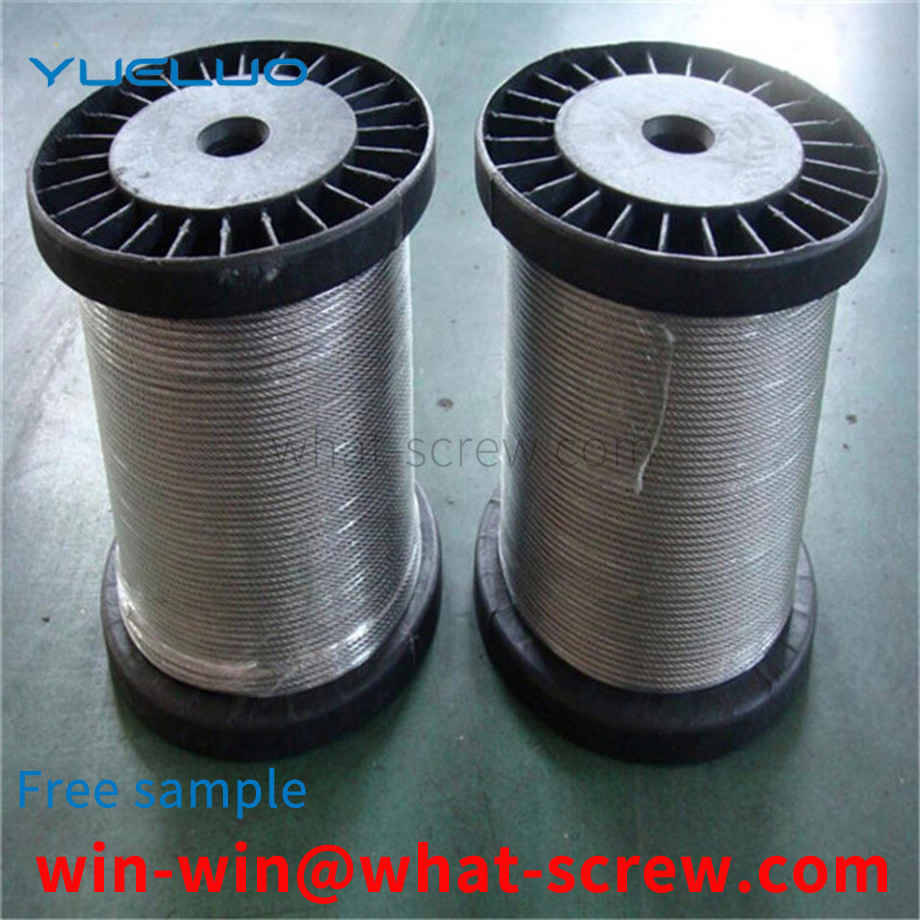
The above content is uploaded by Yueluo or the Internet. If there is any copyright issue, please contact [email protected].

What is the tolerance range of precision screws?

How to choose the right stainless steel screw manufacturer?

Why is there an R angle under the head of the hexagon head s...

We have more than ten years of production experience in the ...

We have more than ten years of production experience in the ...

We have more than ten years of experience in screw industry ...

We have more than ten years of experience in screw industry ...